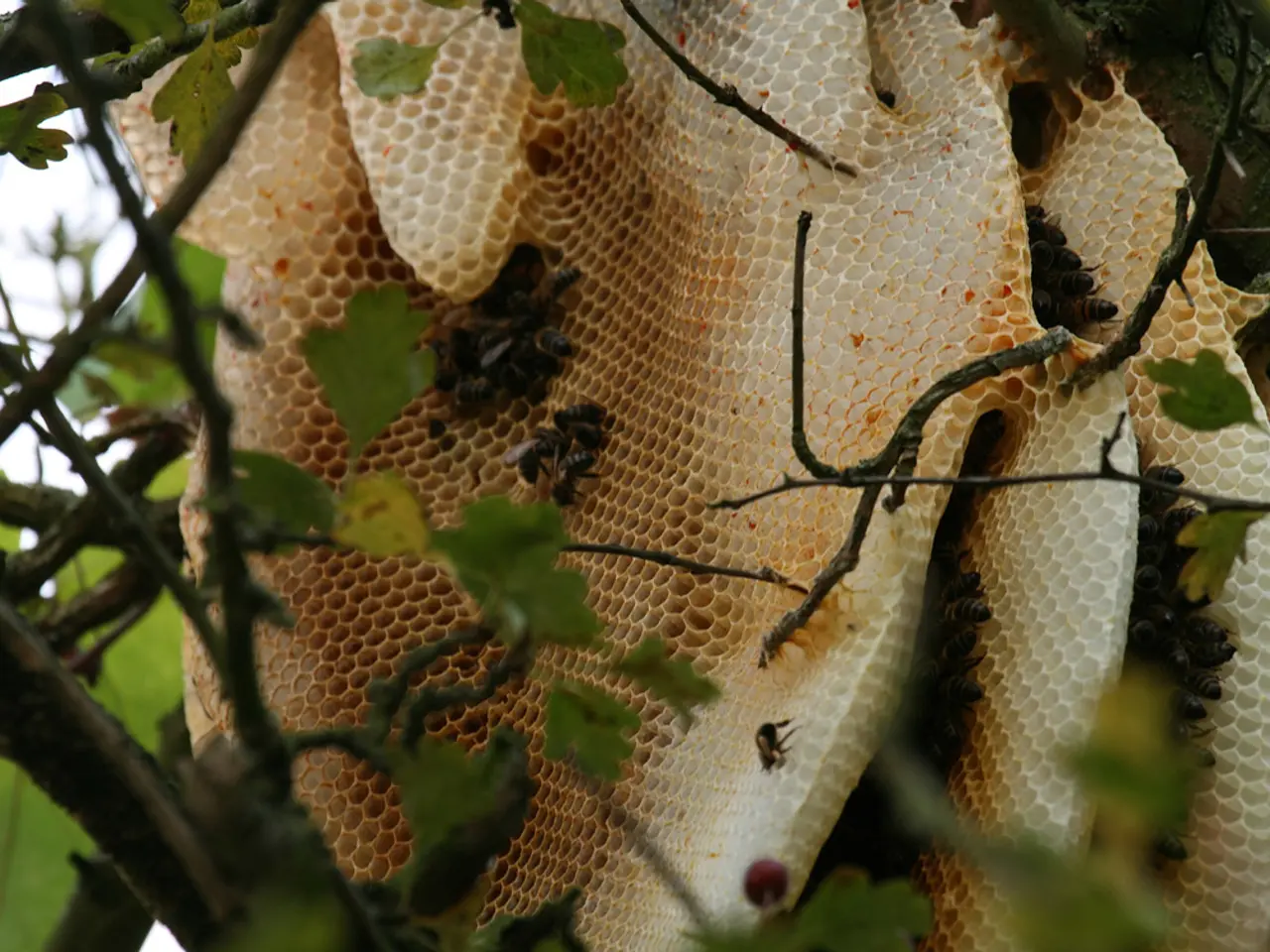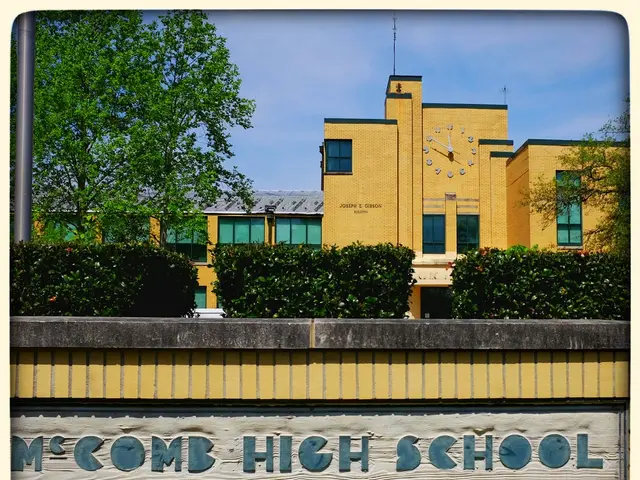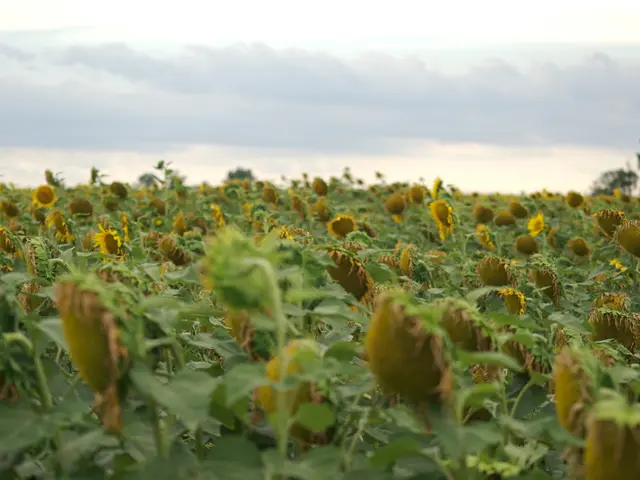Guideline for Assisting Native Bees: Steps You Can Take for Bee Conservation
Supporting Native Bees in Your Garden: A Guide for Bee Conservation
Gardeners can play a vital role in bee conservation by creating bee-friendly habitats in their gardens. Here are some effective practices for promoting native bees and their habitats.
Providing Nesting Sites
Leaving full-length plant stems through fall and winter, where possible, is essential for many native bees. These stems serve as nesting habitats for species like small carpenter bees and yellow-faced bees. If yard tidying is necessary, cutting stems to 12–24 inches in spring still supports bee populations.
Adding native plants with hollow or pithy stems that serve as natural nesting sites for above-ground nesting bees is also beneficial. Examples of Florida native plants beneficial for native bees are milkweed, rattlesnake master, goldenrod, asters, and liatris.
Diverse Floral Resources
Planting a diverse array of native wildflowers and forbs throughout the growing season provides continuous floral resources for nectar and pollen. Diversity in flower types supports a wider range of native bee species.
Habitat Structure
Creating and maintaining habitat features like flowering hedgerows, cover crops, and field borders increases floral diversity and structural complexity in and around gardens or agricultural lands. These features not only supply forage but also enhance nest site availability and improve overall pollinator diversity.
Habitat-Friendly Management Practices
Adopting habitat-friendly management practices, such as minimal disturbance of nesting sites and rotational mowing or grazing, maintains floral diversity and habitat quality without harming bee populations.
Artificial Nesting Habitats
Collecting and providing hollow plant stems in containers as artificial nesting habitats, especially in areas lacking natural materials, allows observation of stem-nesting bees and enhances nesting opportunities.
Weeds and Bee-Friendly Gardens
Weeds, such as clover, dandelion, and goldenrod, provide critical food resources for bees. If space allows, consider planting a small meadow or prairie patch full of native wildflowers to provide food from spring through fall.
Bee Hotels and Maintenance
Purchased or constructed "bee hotels" can be used, but they must be regularly cleaned and rotated out of use to prevent disease buildup.
Bees' Unique Adaptations
Bees are uniquely adapted to gather and transport pollen. Their fuzzy bodies and branched hairs help them collect pollen into special structures.
Ohio is home to approximately 500 native bee species. By applying these practices, gardeners can create environments that support native bees’ nesting and foraging needs, contributing to their conservation and promoting biodiversity in their locales.







